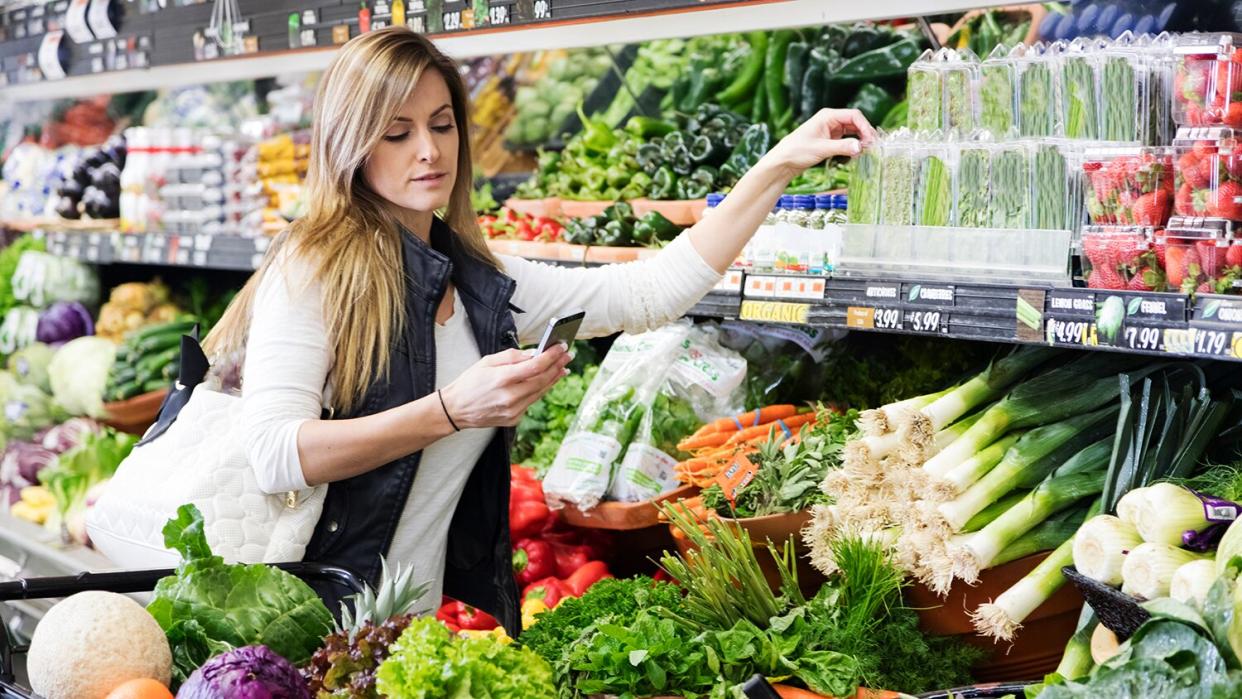Scientists May Be Able to Test Food Safety With a Smartphone

© Oxford / Getty Images
To test whether food contains the harmful bacteria E. coli, scientists place samples of the questionable sustenance in culture dishes to see if germ-filled colonies form. They wait for days—two or three, to be exact—to know whether the food is safe to eat, or whether it should be pulled from shelves. But new technology could speed up the food-safety testing process to mere moments, according to research from MIT.
Researchers at the institute have developed a liquid droplet that when dispensed on food binds with any bacterial proteins that might be present—and that bond can be seen with a trained, naked eye or a smartphone app, they say. "It's a brand new way to do sensing," the study's senior author, Timothy Swager, said in a press release.
Here's the (somewhat) easy-to-understand version of how these little droplets and their tech work: The droplets are made of fluorocarbon and hydrocarbon. When the droplets bind with the protein lectin—often found in E. coli—they become opaque, and can be viewed in the food. (Conversely, if the droplets don't bind, scientists can't spot them.) So where does the smartphone tech come in? Consider it a backup to the scientists' trained eyes. When using this new droplet strategy, the scientists place food samples in petri dishes atop QR codes, then dispense the droplets. When the droplets bind with lectin and become opaque, a smartphone can't scan the QR code.
Eventually, the MIT researchers would like to expand their tech to detect more than just E. coli, each pathogen linked to a different QR code used in the smartphone app.
And one day, that tech could expand beyond the laboratory and into the hands of manufacturers or—perhaps—even consumers. "The great advantage of our device is you don't need specialized instruments and technical training in order to do this," explained lead study author Qifan Zhang. "That can enable people from the factory, before shipping the food, to scan and test it to make sure it's safe."
The CDC estimates that E. coli causes some 73,000 illnesses and 60 deaths each year.

